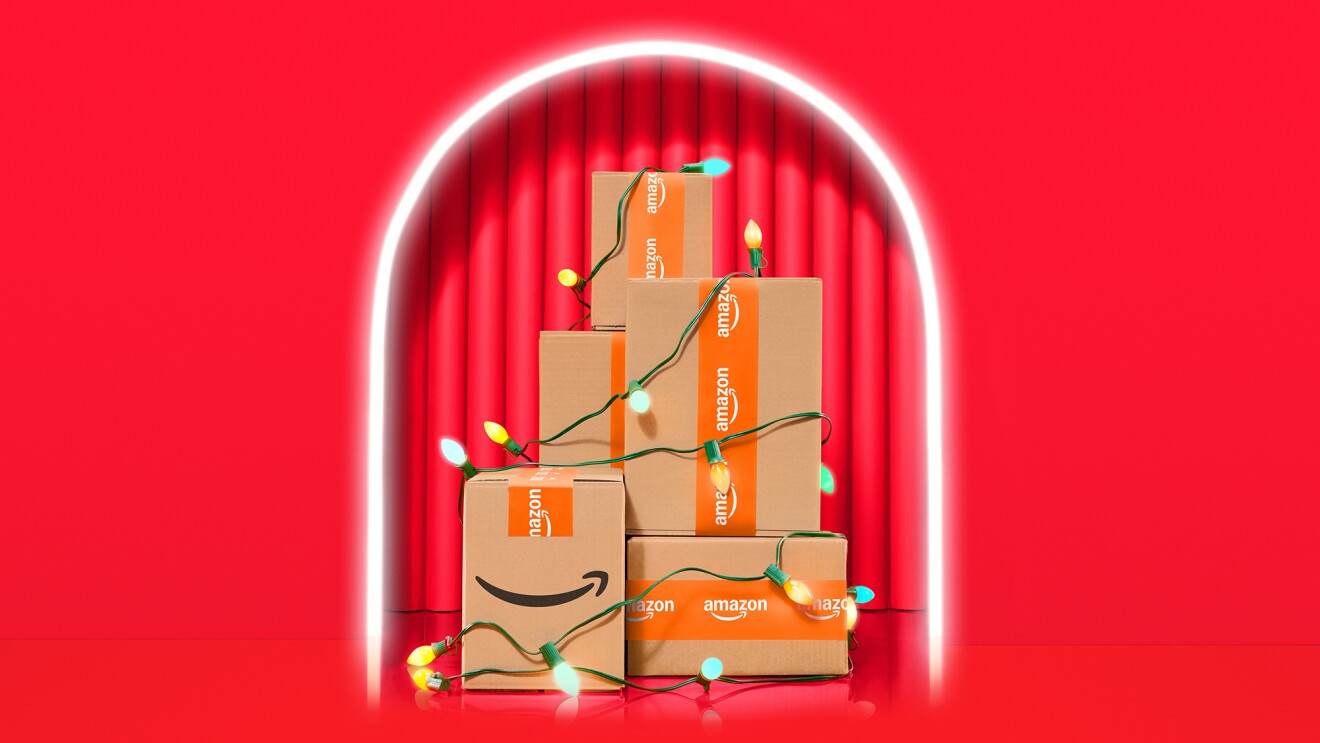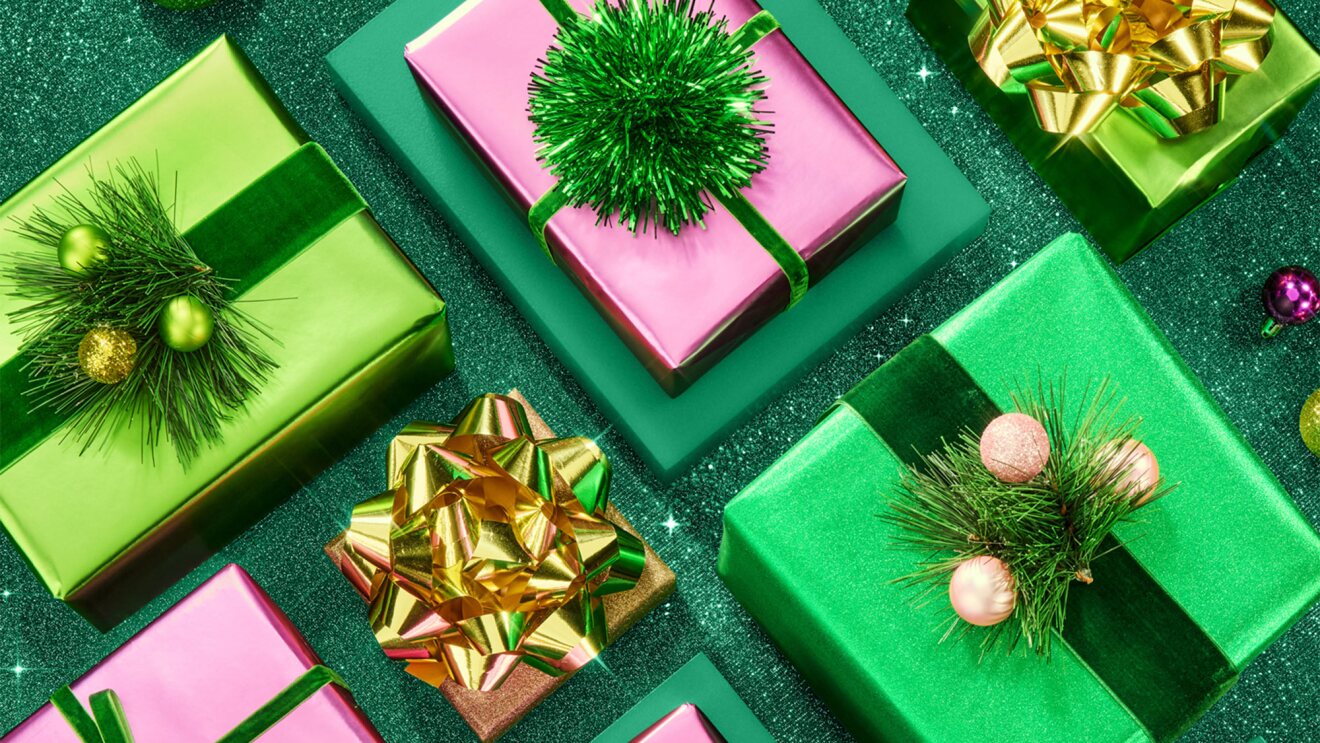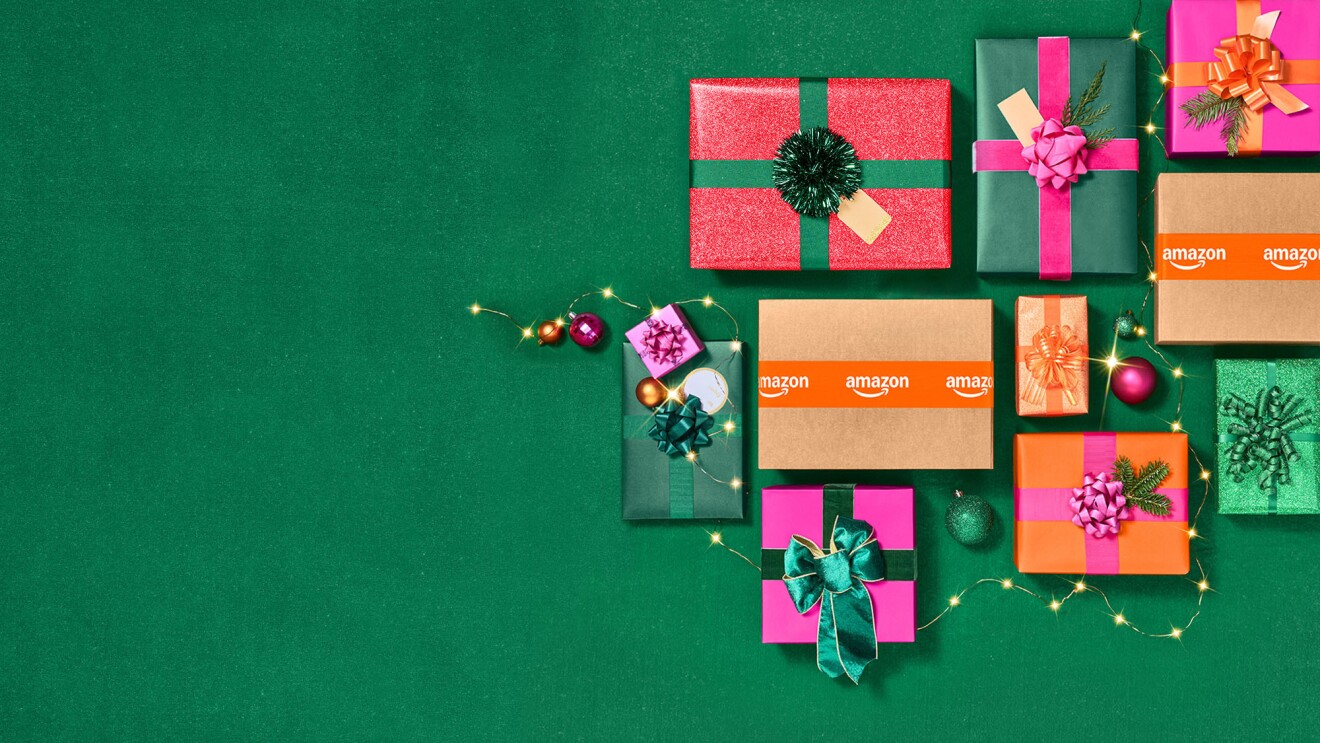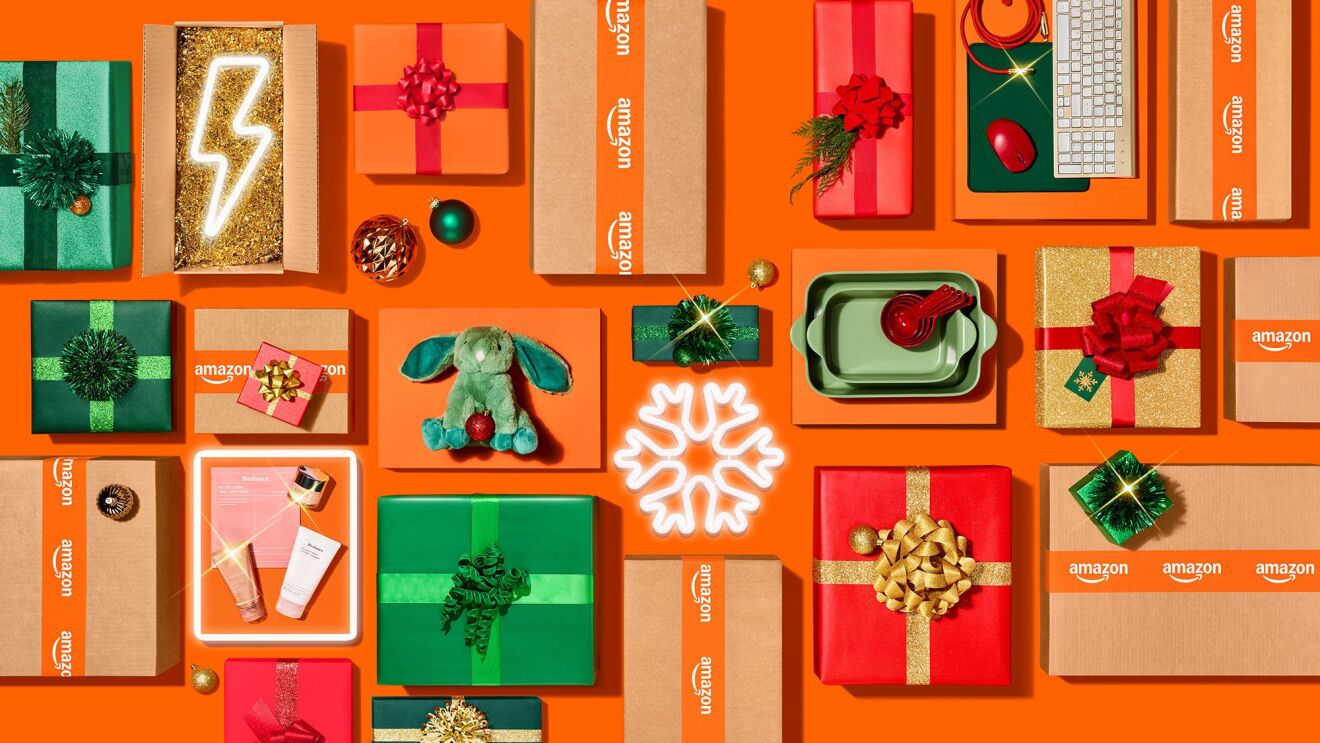I was obsessed with cooking shows before Food Network even existed. My family was food insecure, so I’d sit and watch hours of cooking shows on public broadcast channels as a way of “tasting” all the delicious food. I learned some of the steps and nuances of putting together a meal from these shows, and that turned into a passion for cooking.
When it came time for college, I had plans to be a writer. I was working on my master’s in creative writing at the University of Washington when I took on a job as a chef for a family in Seattle. I loved cooking professionally, and I decided to pivot to a culinary career after graduation.
I worked as a private chef in Seattle for 16 years. I also studied at the Culinary Institute of America during that time. My move into product development happened when I took a role at Starbucks, where I led a team developing fresh-prepared food and innovative culinary concepts for their in-store menu. I was working in that role when I heard about an opportunity to build out the culinary program for Amazon Go, and I took the leap.
I’ve worked at Amazon for six years now, and I’m the head of culinary development for Amazon Fresh’s private label brands, where I lead a team of incredibly talented chefs who have over 100 years of combined culinary development experience. It’s our job to develop delicious food that meets the unique needs of customers shopping in one of our Amazon Fresh or Amazon Go stores. Here’s an inside look at how we decide which tasty creations hit the shelves.

First, I’ll introduce my amazing team. Jonathan Hunt is a senior culinary product developer with more than 40 years of experience in the culinary industry, including 15 years running a successful catering business and six years immersed in the art of making Japanese ramen. He’s an amazing resource in developing innovative products across cuisine types.

Erin Shulman is a senior culinary product developer with over 15 years of experience as a private label product innovator for Thrive Market and Smart and Final. Before that, Erin was an owner-operator of a successful Los Angeles food truck and catering business. Her grocery and operations experience is key to creating a range of craveable pantry favorites.

Kim McMillen is also a senior culinary product developer with 20 years of experience. She worked as a private chef on luxury yachts for 10 years, where she was able to get creative with food for notable clientele. Her experience makes her an absolute pro at creating family-friendly food that can be enjoyed on the go.

Rounding out the team, Holly Snyder is a senior culinary product developer who has worked in the food industry for more than 30 years. She uses her expertise in product development, consumer testing, and large-scale manufacturing to help us develop grab-and-go items that are shelf stable and ready to heat.

Now that you’ve met the team, let’s dive into our process. Our first step in coming up with delicious food for Amazon customers is to research what types of food people are excited about. We gather data, attend industry trade shows, and visit our stores to immerse ourselves in the customer experience. We get to taste a lot of awesome food in the process, but we’re also critically analyzing flavors, textures, packaging, and merchandising to discover appealing products for our customers.
Once we've got a little inspiration, we come up with ideas for new food items that align with what we know our customers want and need. We often run taste tests where we survey hundreds of people to gather insights that help us better understand our customers, then adjust the food items according to their needs and values.
Next, our product management team creates briefs to determine how each product will be valuable for our customers and our business. The brief outlines what the customer might be looking for and how our product will make it easier for them to meet those needs. For example, a tasty chicken parmesan might make it easier for a parent to feed their family after a busy day. Or, our curated selection of grocery items could help a young professional stock their fridge with wholesome options for the week ahead.

Once we have the culinary brief, one of our chefs takes the lead based on their expertise and experience with the product. This is where we start the cooking, or what we call the “bench work.” The chef assigned to the product thinks through the recipe both on paper and in real life. They dive into the qualities that make the absolute best version of this dish—what it tastes like, what it looks like, and how they can create a unique experience for the customer.
 Amazon Go offers Cucumber Avocado Toast and Build Your Own Avocado Toast on its made-to-order menu at select stores.
Amazon Go offers Cucumber Avocado Toast and Build Your Own Avocado Toast on its made-to-order menu at select stores.Several times a week, we have what are called “cuttings” where we taste all the new products. We work closely with our research team, and even blind test our products against similar products to see how they compare. This is where we decide if each product meets the bar to be included on our shelves, and if so, how we can make it even better before moving on to the next step.
One important thing we focus on is how all the ingredients will react together in your mouth. Sometimes we’re surprised at how something that sounded so good on paper isn’t quite right once we get all the ingredients together. Even something as simple as the type of lettuce used in the product can make a huge difference, and we work together to get every detail just right.

The product’s journey doesn’t necessarily end once it gets to the store. There are multiple teams that listen to customer feedback, and we keep making changes based on what our customers like and what they need.
 Amazon Fresh and Amazon Go offer freshly prepared foods you can quickly grab and go when you’re in a time crunch.
Amazon Fresh and Amazon Go offer freshly prepared foods you can quickly grab and go when you’re in a time crunch.My favorite part of my job is working with incredibly smart, passionate, kind, empathetic, and fun people who are experts in the culinary landscape. The quality of our chefs at Amazon is one of our greatest assets in creating delicious food that our customers love.

Are you ready to try one of our team’s creations? We have a wide variety of products designed to meet the unique needs of our customers, all available in-store or online at Amazon Fresh or in-store at Amazon Go. Find a location near you.










